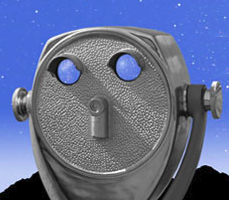Speaker
Dr
Vladimir Cindro
(Jožef Stefan Institute)
Description
The upgrade scenario of the LHC to a luminosity of 1035 cm-2 represents a challenge for development of detector components as well as for their tests after irradiations under realistic conditions. Fluences of fast hadrons above 1016 cm-2 are expected in the most exposed regions of detectors.
Spectra of particles cover a wide range with energies up to tens of GeV.
Irradiation facilities cannot exactly reproduce these spectra therefore it is important to make irradiations with different particles and energies to understand the damage mechanism in detectors. Triga Mark II reactor at Jožef Stefan Insitute in Ljubljana has been widely used as irradiation facility in last two decades mainly to study damage caused by nonionizing energy loss (NIEL) in variety of materials. Irradiations are done by insertion of samples directly into the reactor core. Good knowledge of spectrum of neutrons which covers energies from thermal to several MeV is important for evaluation of NIEL equivalent fluences. For example only fast neutrons with energies larger than 100 keV contribute significantly to the NIEL in silicon, the contribution of slower (thermal, epithermal) is only about 1 %.
Reactor is available for irradiations in the framework of AIDA2020 transnational access program. Description of irradiation channels, their limitations and support infrastructures will be described in the presentation
Author
Dr
Vladimir Cindro
(Jožef Stefan Institute)

